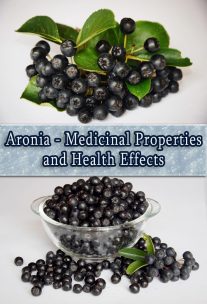
Trying to buy responsibly in the food store can leave a shopper paralyzed in the grocery aisle. It can be overwhelming try to make the most environmentally, healthy and ethical choices, but understanding what some of the confusing food labels mean can help. This infographic from Club Woodside explains what some of the most common food labels really tell you about a product:



For example, notice the difference between free range and pasture-raised, two terms that consumers might think mean the same thing — that animals get to roam outdoors freely. In reality, free range means that birds have access to an outdoor area of indeterminate size, but there’s no regulation that says they have to go to that area or how long they need to be out there. Pasture-raised, on the other hand, means animals must roam freely and be able to eat from the land, although the USDA doesn’t regulate the label.

And wild-caught fish? I had no idea that fish labeled this way could spend time on a fish farm and then be released into the wild. This label leaves more questions than answers because the assumption is that in the wild, fish will eat a natural diet. If they’ve spent time on a fish farm, there’s no way to know what kind of diet they ate. That wild-caught fish may have been fed a diet of foods made with GMOs or other ingredients you wouldn’t expect.
I said this infographic would help lessen some of the confusion, and it does for some labels. And, while it points out that some labels are naturally confusing, at least it’s a good lesson in not assuming that every label tells the whole story.




Leave a Reply